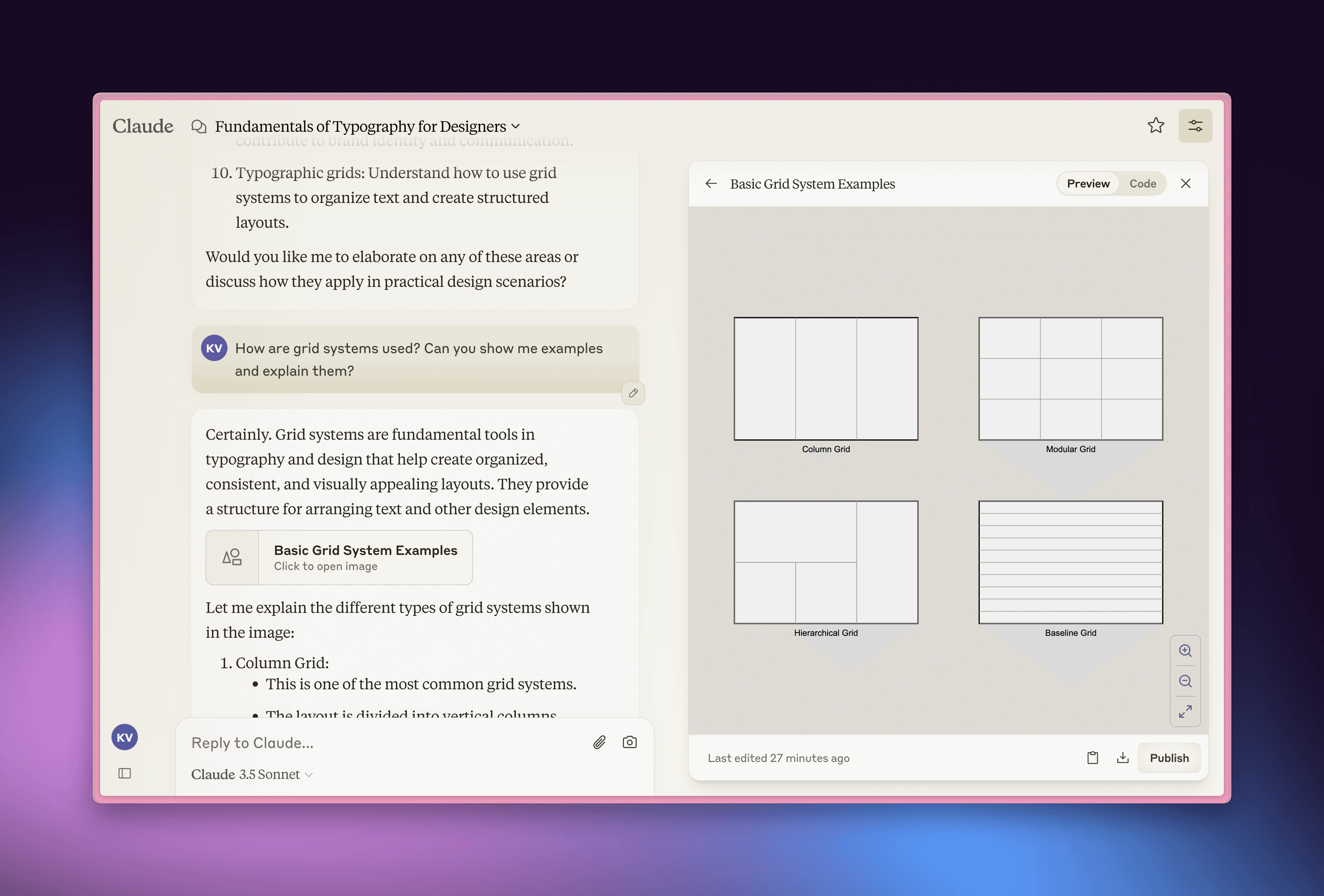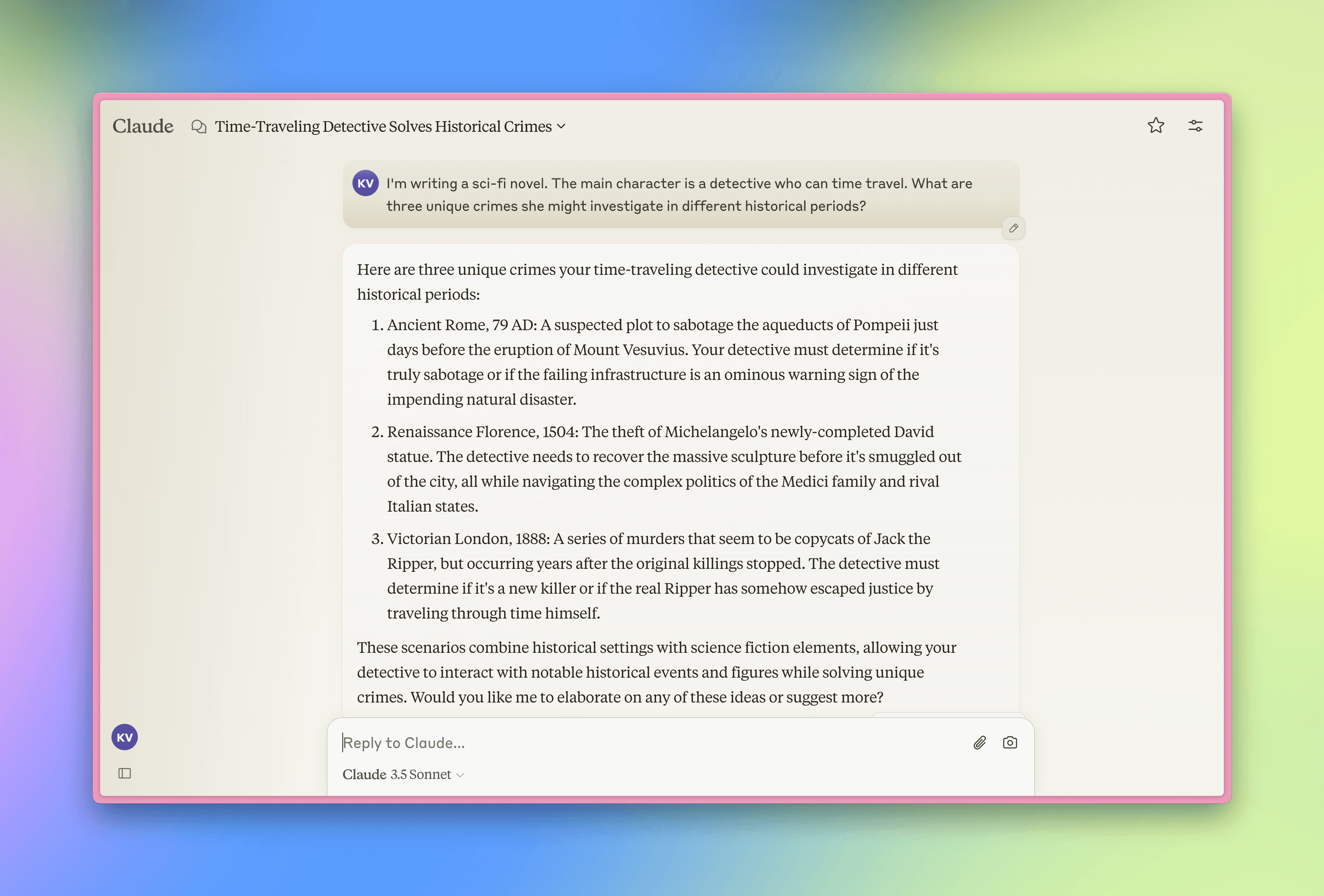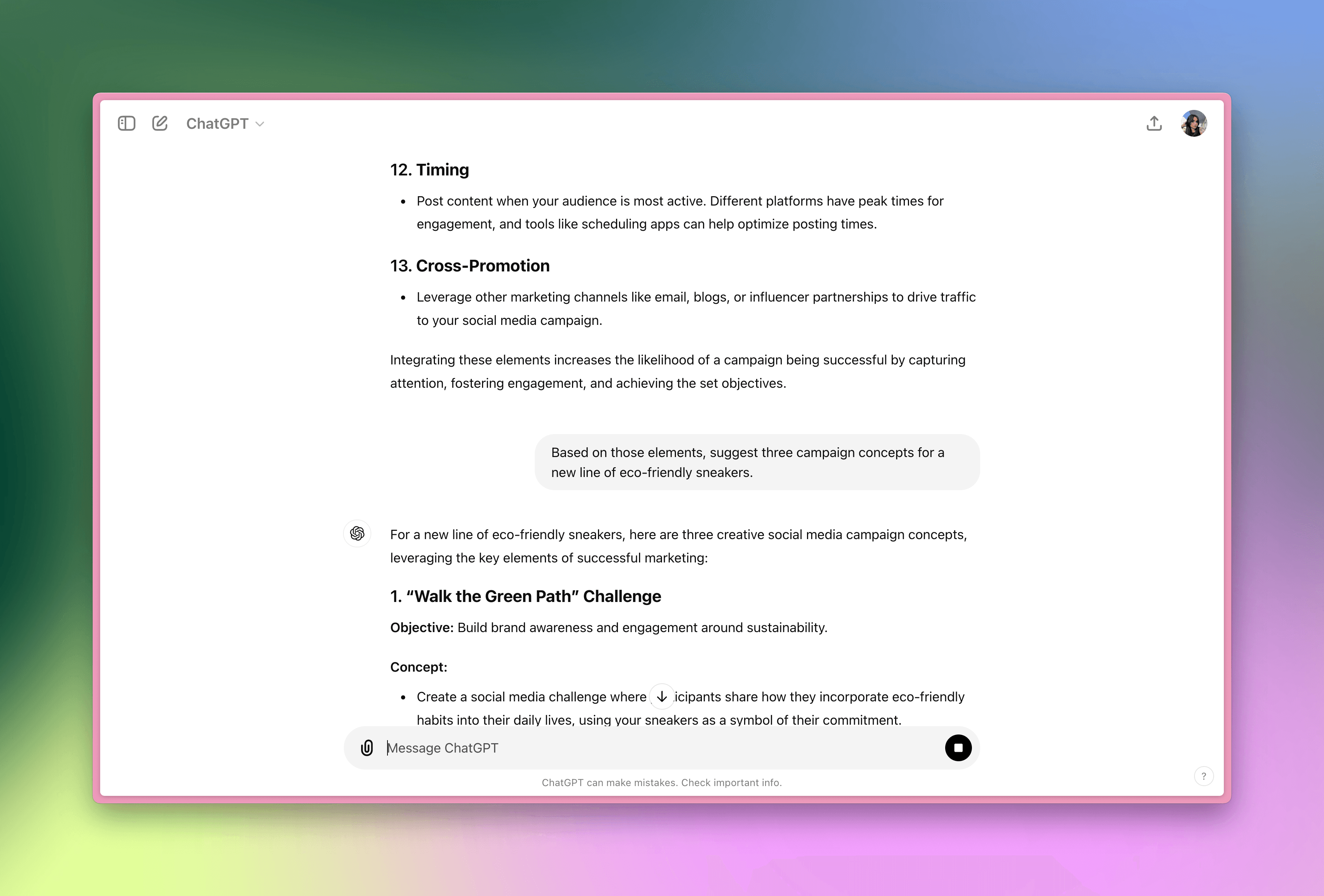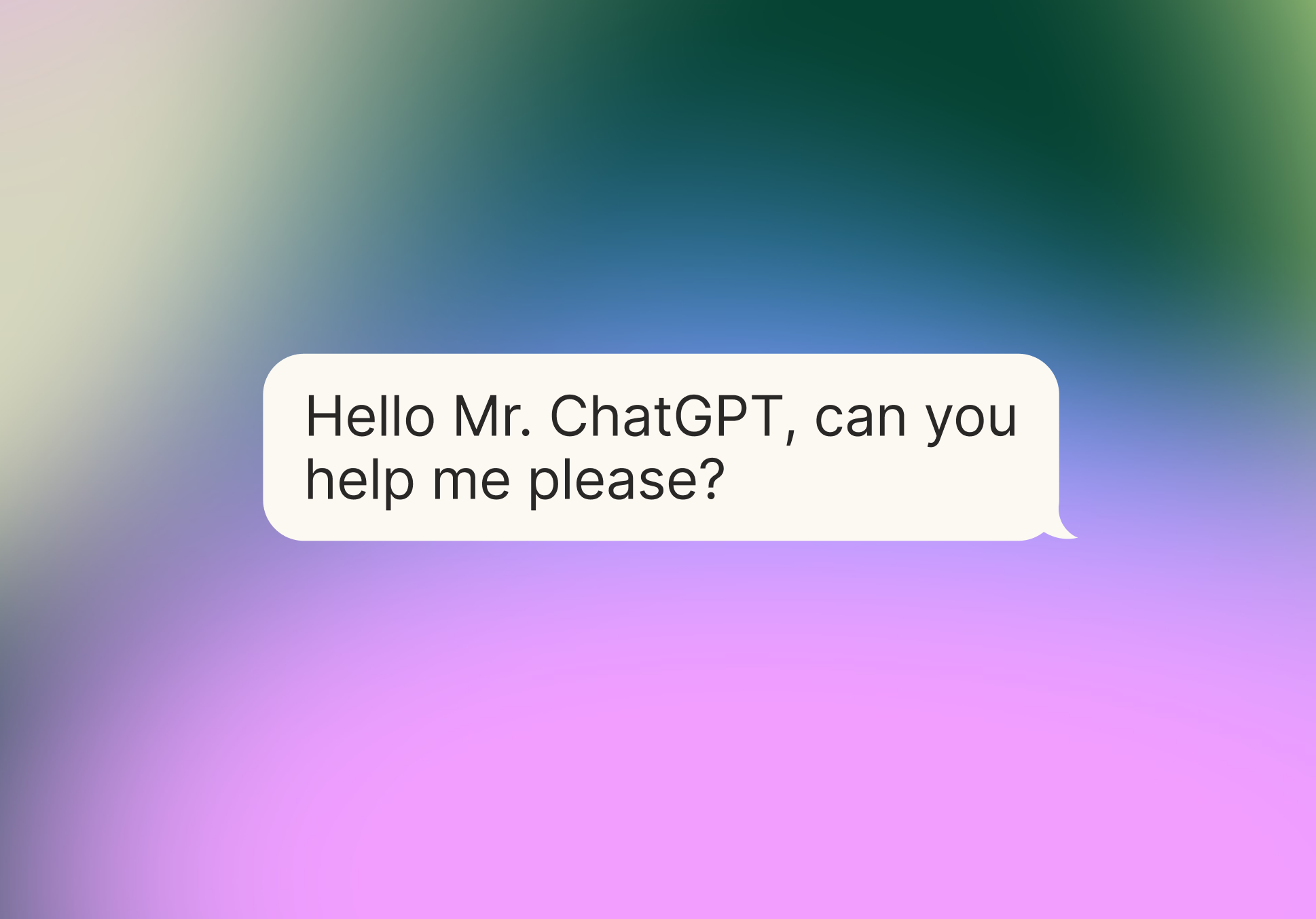You've just spent the last hour trying to coax a coherent response out of ChatGPT. Your fingers hover over the keyboard, poised to type yet another variation of "explain quantum computing," when suddenly you realize: you have no idea how to talk to this thing.
Welcome to the world of prompt engineering, where the difference between "meh" and "mind-blowing" often comes down to how you ask the question. But fear not, dear reader. You don't need a Ph.D. in computer science to master the art of artificial intelligence. In fact, the best prompts often come from those who have never written a line of code.
Let's dive into five secrets that will transform your AI interactions from frustrating to functional.
Secret #1: Speak Human, Not Robot
Remember when your grandma got her first smartphone and kept yelling at Siri like it was an inattentive butler? That's essentially what we're doing when we feed AI chatbots stilted, jargon-filled prompts.
Instead of "Provide a comprehensive analysis of market trends in the renewable energy sector," try “What's the next big thing in green energy, and why should investors care?"
The AI doesn't need you to sound smart. It needs you to be clear, conversational, and context-rich.

Secret #2: Be Specific, But Not Too Specific
Crafting the perfect prompt is like making the perfect martini — it's all about balance. Too vague, and you'll get a word salad. Too specific, and you'll stifle the AI's creativity.
Let's say you're writing a novel. Instead of "Give me ideas for a sci-fi story," or "Write a 2,000-word outline for a novel about a time-traveling detective solving crimes in ancient Rome," try:
"I'm writing a sci-fi novel. The main character is a detective who can time travel. What are three unique crimes she might investigate in different historical periods?"
This prompt gives the AI enough constraints to be helpful, while leaving room for surprising and creative responses.

Secret #3: Set the Stage with Role-Playing
One might argue that asking an AI to "act as" something is silly — after all, it's just a language model, not an actor. But here's the thing: by assigning a role, you're actually providing crucial context that shapes the AI's response.
Instead of "How can I improve my public speaking?" try "You are a world-renowned public speaking coach. What are your top three tips for overcoming stage fright?"
This approach primes the AI to zero in, drawing on a specific set of knowledge and expertise to craft its response (as opposed to all of the knowledge at its disposal), resulting in more targeted and actionable advice. It’s like telling the AI to use a microscope, instead of a telescope.
Secret #4: Break Complex Tasks into Steps
Imagine you're explaining how to bake a cake to someone who's never set foot in a kitchen. You wouldn't dump the entire recipe on them at once, right? The same principle applies to AI prompts.
Let's say you're using AI to help plan a marketing campaign. Instead of one massive prompt, try a series:
"What are the key elements of a successful social media marketing campaign?"
"Based on those elements, suggest three campaign concepts for a new line of eco-friendly sneakers."
"For the most promising concept, outline a 30-day content calendar."
This step-by-step approach not only makes the task more manageable for you, but it also allows you to course-correct along the way.

Secret #5: Iterate and Refine
Here's a dirty little secret about prompt engineering: even the experts don't get it right the first time. The key is to treat it like a conversation, not a command.
If the AI's response isn't quite what you're looking for, don't just rephrase your original prompt. Instead, build on what you've learned. Ask for clarification, request examples, or challenge the AI to approach the problem from a different angle.
Remember: you're not just extracting information, you're collaborating with a very sophisticated, if somewhat literal-minded, partner.
The Art of the Prompt
Mastering AI prompts is less like learning a programming language and more like honing your conversational skills. It's about clarity, creativity, and a willingness to engage in a back-and-forth.
Think of it this way: if AIs are the new frontier, then prompt engineering is about exploration. We're all learning to communicate with a new form of intelligence. And like any good explorer, the key is to stay curious, be adaptable, and never stop asking questions.
So go forth, intrepid prompt-writers. Armed with these secrets, you're ready to unlock the full potential of AI — no coding required. Who knows? You might just prompt the next big breakthrough.
The Magic of Plumb
At Plumb, we think mastering the art of writing prompts is work you shouldn’t have to do. That’s why we created magic mode. Just tell Plumb’s AI what you want, and watch it create workflows before your eyes. We’re on a mission to make the power of AI accessible to everyone, one workflow at a time. Join us and experience the magic of effortless automation.
